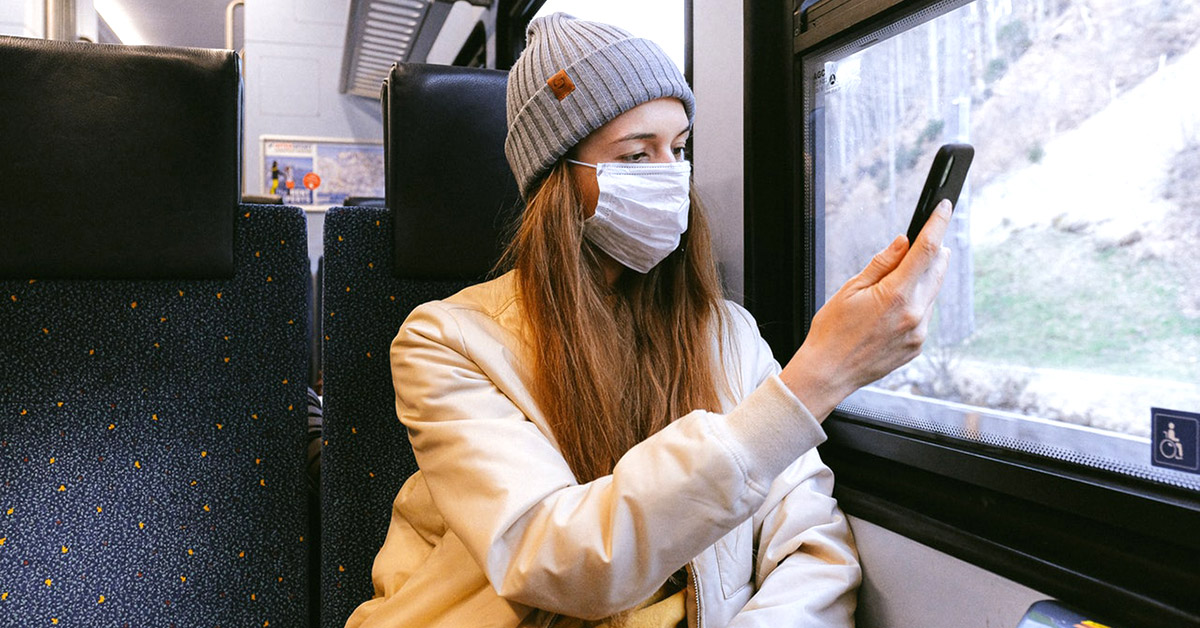
Social media is now an established media channel and a feature of daily global life. At the end of 2019, Facebook alone reported an astounding 2.4 billion users (a whopping 30% of the world’s population). With numbers trending up, analysts have predicted a continued rise. What most analysts didn’t predict was a global pandemic that would change the way we use social media in an even more dramatic fashion.
With social distancing now the norm, people around the world are looking for alternate ways to interact and engage with others. Research by Global WebIndex showed that in April alone, social media users spent an average of 2 hours and 24 minutes on social messaging and networking apps.
What exactly does the change in social media consumption mean for marketers and how do brands navigate a rapidly changing climate?
Know Your Audience
Marketers must have empathy. In order to successfully message the consumer, there must first be an understanding of your audience. How is your customer feeling right now? Are they dealing with working from home? Are they concerned about staying healthy? How are they caring for their children’s social needs? Listening to and acknowledging your customers during times of crisis will help you to message in a way that resonates with your customer – making your messaging much more impactful.
Be Flexible
Brands should no longer be in “business as usual mode”. While it’s not necessary – or recommended – to talk about COVID-19 night and day, that doesn’t mean that messaging and tactics shouldn’t change. Think about the platforms you use to reach your consumer. How have they changed? Consider broadening your horizons. Newer Apps like TikTok have seen dramatic increases in usage. Try new features on your existing social media platforms. Apps like Instagram are constantly coming out with updates. If you haven’t yet, try their polling or their Q&A features. In all times – but especially now – companies must be willing to adapt to trends if they wish to stay relevant.
Rethink When to Post
In a recent study by Sprout Social, they found that ideal posting times during the pandemic had changed. The best time to post on Facebook shifted from 11 am and 1-2 pm pre-pandemic to an ideal time now of 10-11 am. On Instagram, peak posting times expanded from Wednesday at 11 am and Friday from 10-11 am to Monday, Tuesday and Friday at 11 am and Tuesday at 2 pm. On Twitter, usage times shifted from Wednesday and Friday at 9 am to Friday between 7 and 9 am. Lastly, since LinkedIn is a professional network, its behavior has remained similar with best posting times on Wednesday at 3 pm, Thursday from 9-10 am and Friday from 11 am-noon.
Keep Posting
While it can be difficult to know what to say, brands must keep posting. Media Frenzy Global recently teamed up with partner company, Arlington Research, on a global study of consumers during COVID-19. We found that 31% of customers believe that brands who have gone silent are in financial trouble. Continued posting assures customers that your brand is still healthy and active. Figure out your messaging strategy and post away.
The current world climate is much different than anything we’ve seen in our lifetime. Brands must remember to continuously monitor the changes and trends in the marketplace if they want to stay relevant. While none of us know how this pandemic will end, one thing is clear: The way brands must approach social messaging will never be the same.
For some additional thinking on how to manage marketing communications during COVID-19, check out our “Planning Your COVID Communications” infographic.